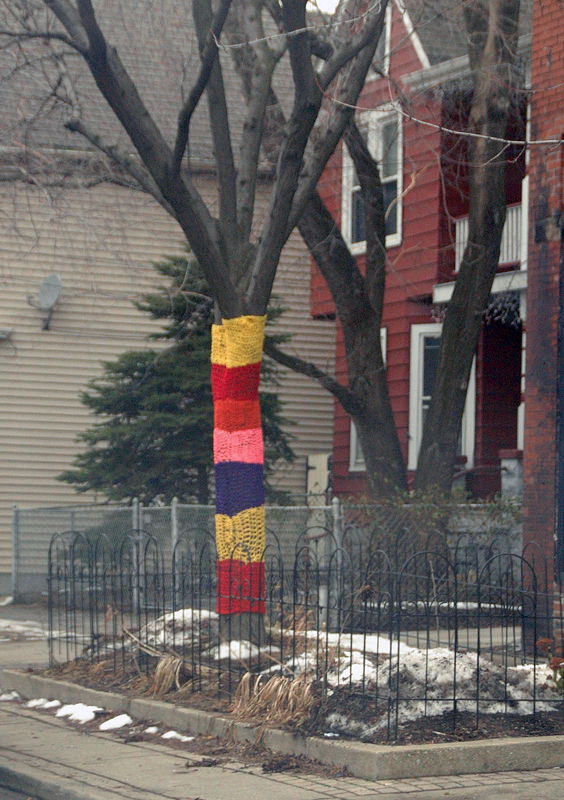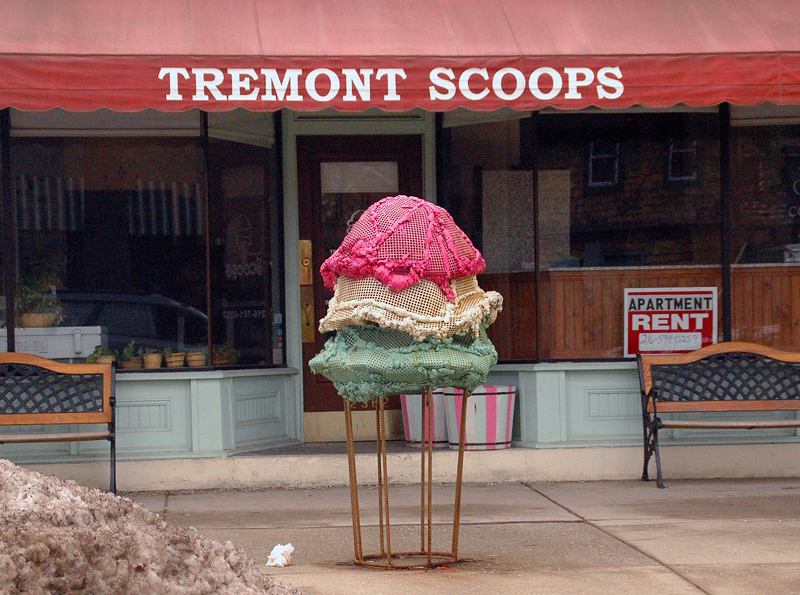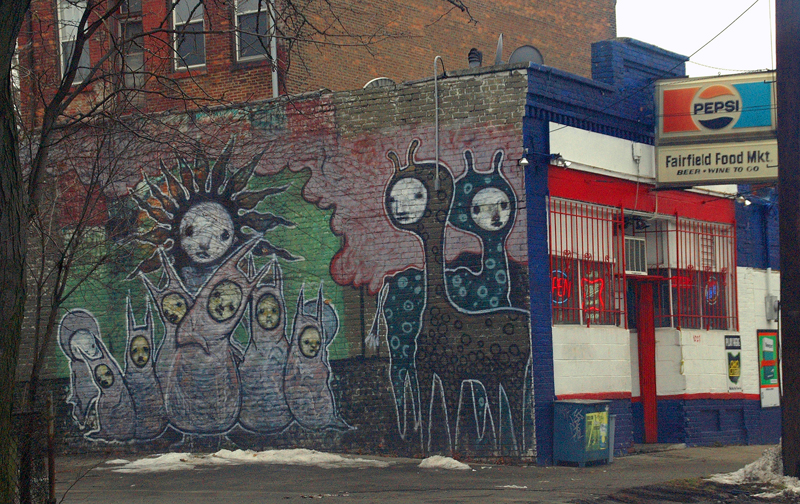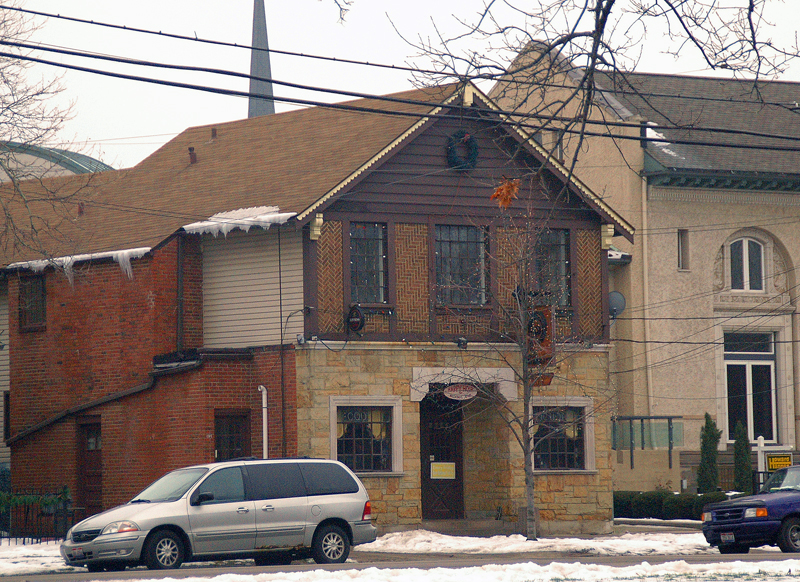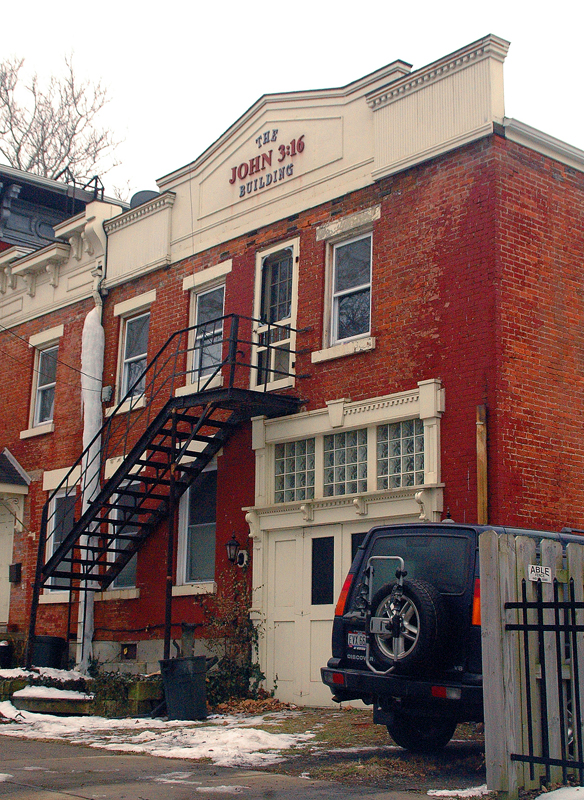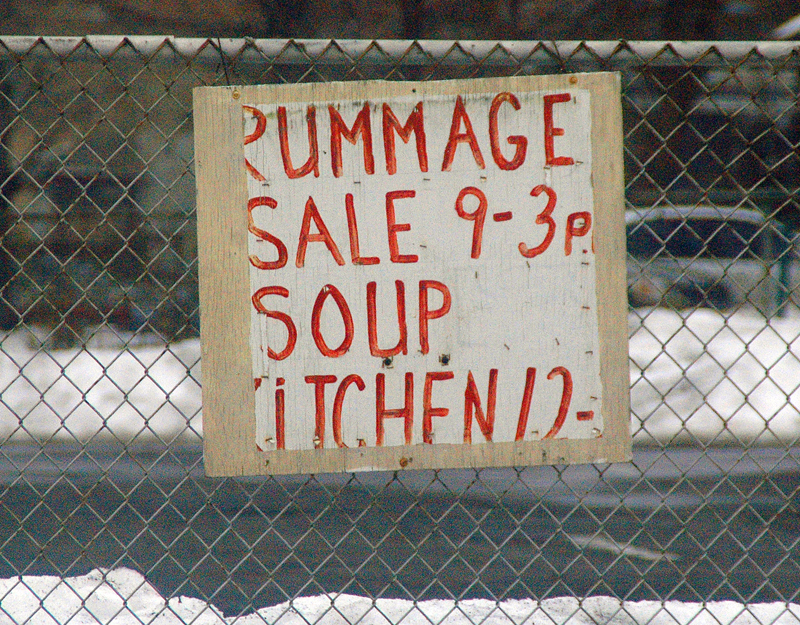Bill Call wrote:Interesting topic.
What makes a neighborhood trendy?
Tremont has high crime, lots of public housing, a mostly substandard housing stock and is a small area sandwiched between freeways and steel mills.
I think part of the attraction is the propaganda campaign run by the Plain Dealer and other media outlets to paint the area as trendy. Art walks, restaraunts and housing get more press than similar projects in Lakewood.
Part is that the quality of the new housing is actually pretty good. It is a lot better than what you see in another development that I can think of.
Maybe one or two trendy eateries can help create hype for a neighborhood. My guess is that Temont eateries get more press than Lakewood eateries. So maybe it isn't the restaraunt maybe its the press.
Can you create a trendy area?
I think so. There is a chance that the Gordon Square district just might make it. Although the design and implementation has many flaws.
Bill
In just about every "trendy" area I know about in Cleveland, Columbus, Chicago, Cincinnati,
New York, it always starts as an organic movement bore out of the area completely
bottoming out.
Right now in Collinwood I am watching a new Tremont being born. Homes block from the lake, and
a beautiful state park going for $10,000 - $25,000 dollars. Some even less. People that can afford
little more moving in. Like Tremont, and Gordon Square many are artists, musicians, free and open
thinkers that have more time than money. They buy low, fix up and hope and work to make the
community better. As in Tremont in the early days, many that bought early are getting frustrating
and thinking of moving. This has been repeated time and time again German Village, Olde Town,
Chelsea, etc. Yet in all of these areas had they been deemed "trendy" the organic part never would
have shown up nor would they be able to buy.
At a presentation about "Art Districts In Lakewood" this as one of the many facts glossed over. That
the two/three "Arts Districts" which were really one art district, one trendy area and a hotel, they
failed to explain that in Tremont, you could buy a home for $4,000 25 years before it finally
became trendy. That you could get 6,000 sq. feet of store front for $265 a month on West 6th,
and that the Colonel Arcade was allowing it to be used for FREE just to get people in the door. The
fastest turn around was the arcade, where a hotel chain saw it being used and bought it. Tremont,
like Ohio City, and now Gordon Square took decades, and West 6th took about 15 years, to catch
on. As I have said numerous times, I found it odd that the people speaking of building trendy on
the stage had actually all inherited projects well along the way, with two of them borderline
failures. While all of the "success stories" were created by Lakewoodites, that were ignored, with
the exception of the Arcade as Thomas was using himself for the success story.
I would say, what needs to be looked at for Lakewood is the "trendy areas" that have stayed that
way for 20 or more years. Coventry, German Village, and Old Town. For one of the real problems
is that people that build trendy, rarely stay after it becomes trendy. A question I posed to those
having the discussion, if we use low cost housing and coffee shops to attract artists and musicians
to make a "trendy area" how do we keep that feeling when they loathe living near the people that
buy their art or music?
FWIW
.
